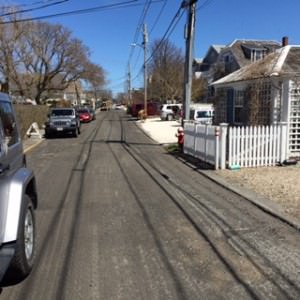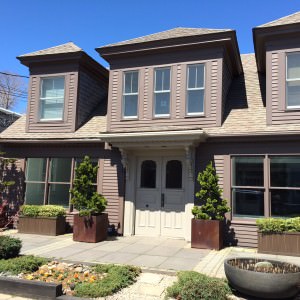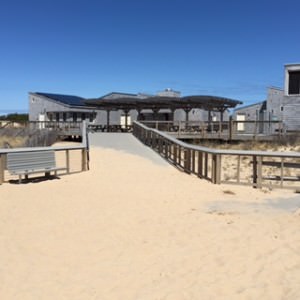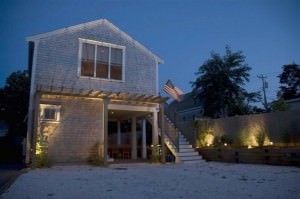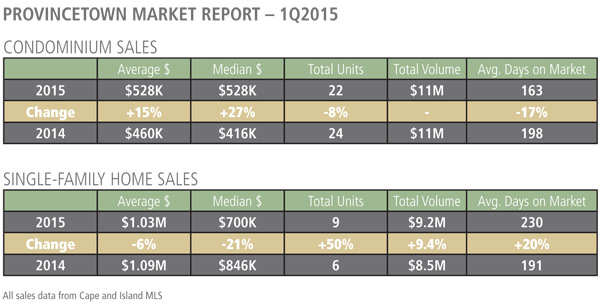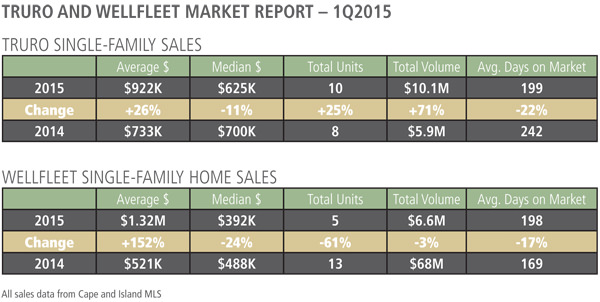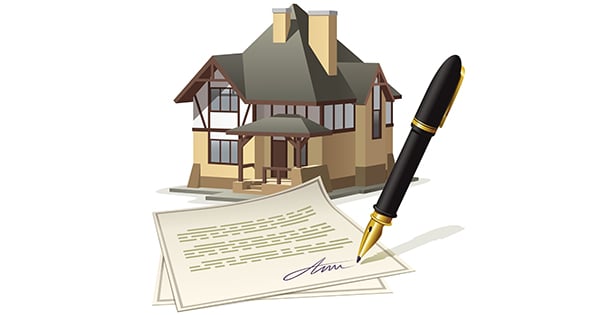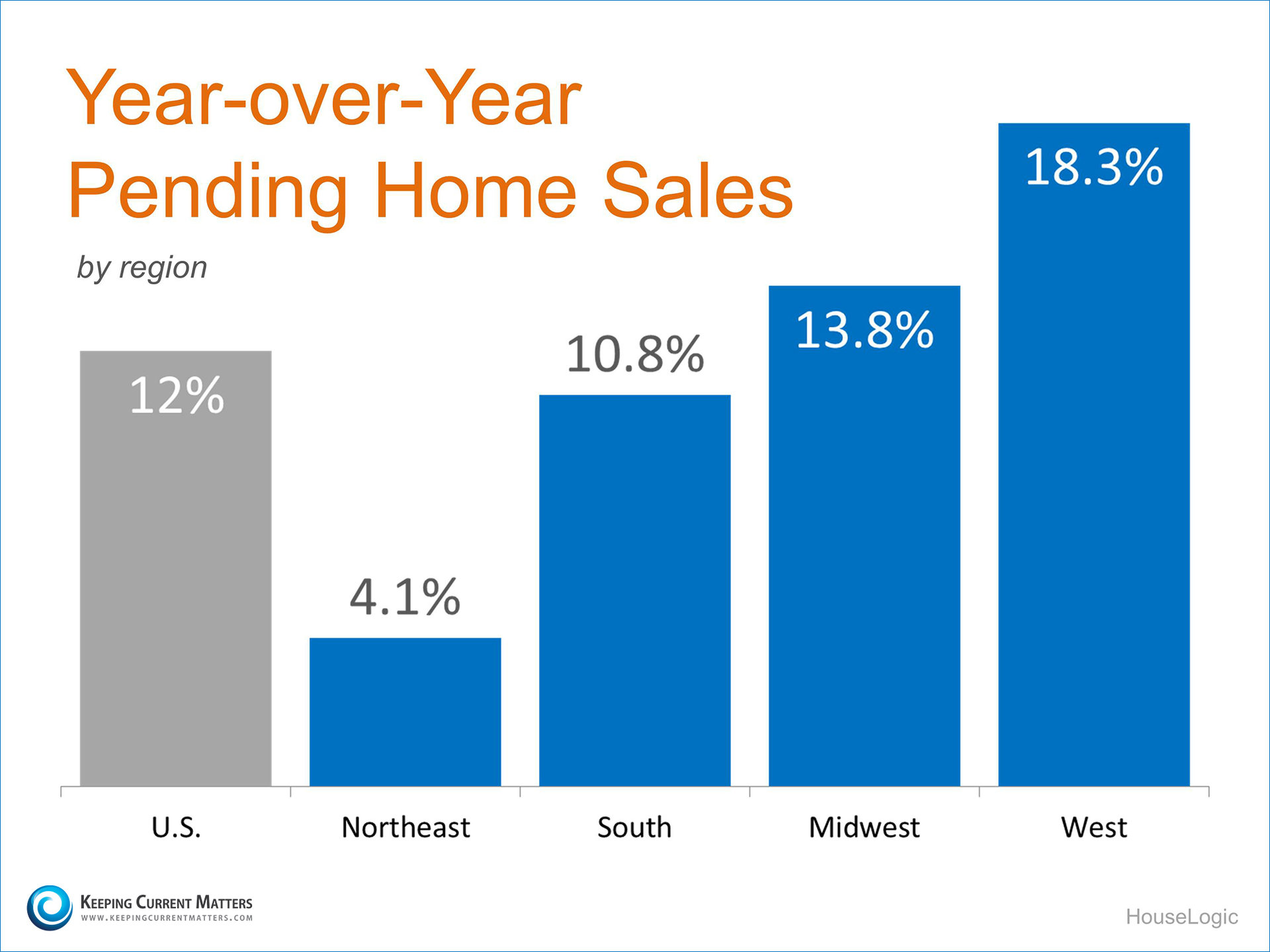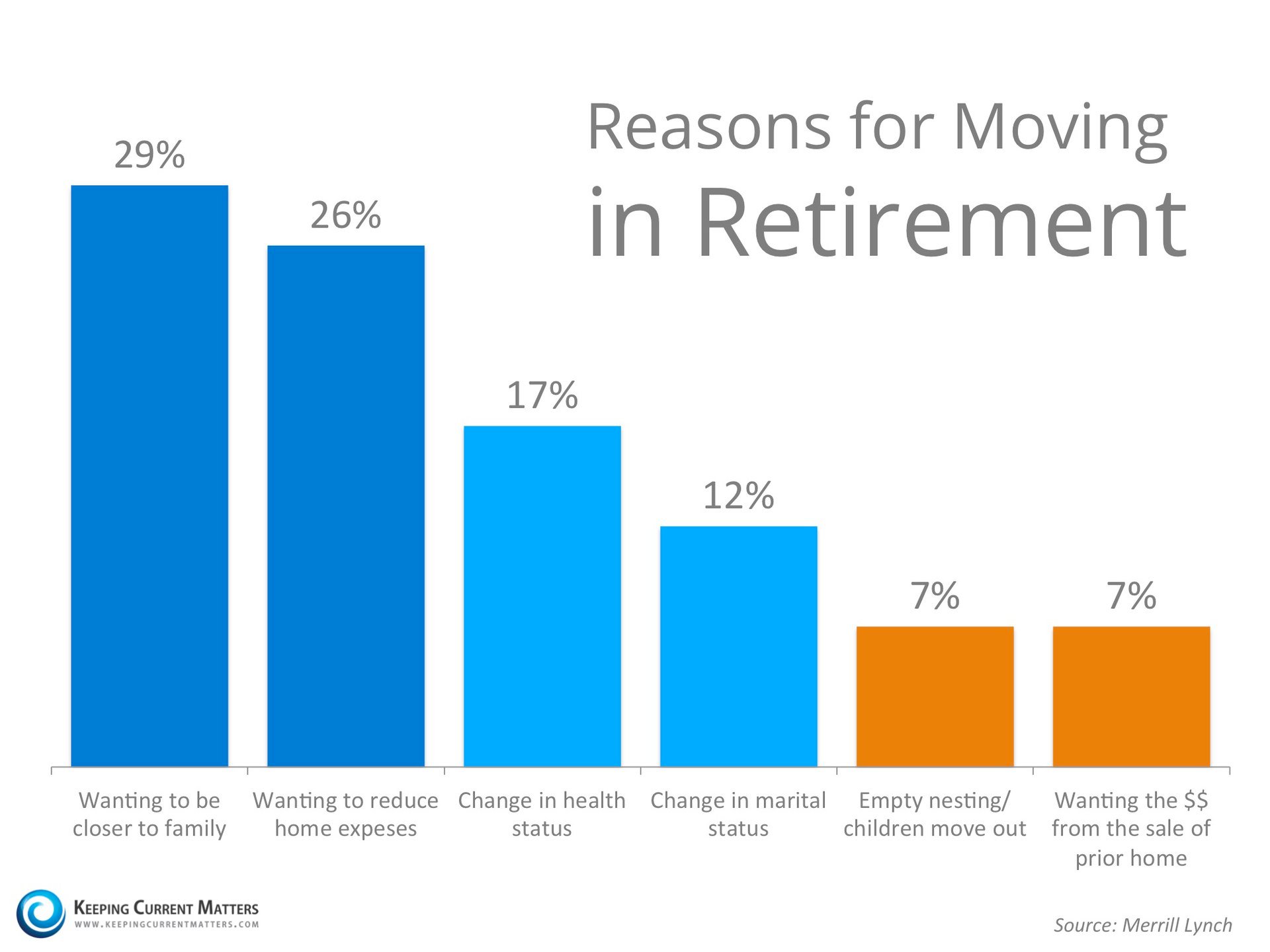By Scott Van Voorhis
Boston.com Correspondent
March 31, 2015 2:53 PM
Boston’s building boom is poised to shift into overdrive over the next few months as two big new tower projects come up for approval at City Hall.
A revised proposal to replace a four-story garage next to the TD Garden with a 46-story residential tower is working its way through the Boston Redevelopment Authority’s vetting process, said Brian Golden, director of the Boston Redevelopment Authority.
And the first of four towers that will replace the Government Center garage eyesore is also moving towards a final approval vote by the BRA’s board, Golden noted.
The progress on the big projects is the latest sign that the handoff of Boston’s development boom to Mayor Marty Walsh has apparently come off without a hitch.
During Walsh’s first year in office in 2014, the Boston Redevelopment Authority gave a green light to 62 projects across the city totaling more than $3 billion.
So far in 2015, City Hall’s development arm has approved another 16 projects, totaling more than $677 million, according to numbers complied by the agency.
“It quite literally has been one of the most active periods for building in Boston’s history.”
All told, 20 million square feet of new development has been green-lit by City Hall over the last few years but have yet to break ground, representing dozens of projects that are coming soon, according to BRA officials.
“That presents a very promising picture about all the projects that are in the pipeline and that will bear fruit in the coming two or three years,” Golden said.
Meanwhile, the amount of new office, lab, residential, and retail space currently under construction has also grown dramatically.
That number has nearly quadrupled to 15.6 million square feet, up from 4.5 million in 2012, according to Nicholas Martin, the BRA’s spokesman.
Projects that have won the blessing of city officials this year include the $290 million Fenway condo and apartment tower, The Point, and an $85 million plan to transform the Chain Forge Building in the Charlestown Navy Yard into a hotel.
“It quite literally has been one of the most active periods for building in Boston’s history,” Martin said.
The numbers also include thousands of new homes, condos, and apartments, with Walsh, like the late Mayor Thomas M. Menino before him, having pledged to make new housing a top priority.
Overall, the Walsh Administration has racked up numbers during its first 15 months in office that appear to match up favorably with Menino’s record — no small matter given Boston’s longest serving mayor’s intense focus on development issues in the city.
Under Walsh, the BRA signed off on plans for 4,158 residential units in 2014, rising to a total of 5,100 if the first three months of 2015 are included.
By comparison, City Hall’s development arm approved 3,898 residential units in 2012 when Menino was mayor. The $3.4 billion in overall development OK’d by the agency that year was on par with the $3 billion under Walsh’s first year.
Behind Boston’s development boom is a diverse economy that is spinning off jobs in a range of sectors, including high-tech, life sciences, and financial services, real estate experts say.
The Hub’s residential, hotel, retail, and office markets are some of the most highly rated in the country when it comes to interest by real estate developers, a new survey by PwC and the Urban Land Institute finds.
There is also pent up demand for new housing amid steady growth in Boston’s population as an eclectic mix of millennials, young families, and empty nesters rediscover urban living.
The big numbers should put to rest early concerns expressed by some in the business community that Walsh might slow down the pace of development in Boston, notes David Begelfer, chief executive of NAIOP Massachusetts, a trade group that represents developers from across the state.
“Things have been moving along,” Begelfer said. “Boston is in boom time right now and it’s not a bubble but a real boom. It is very rational development.”

